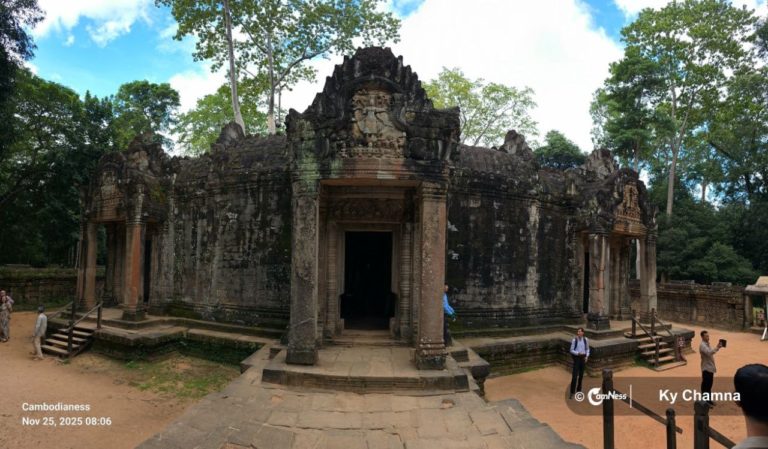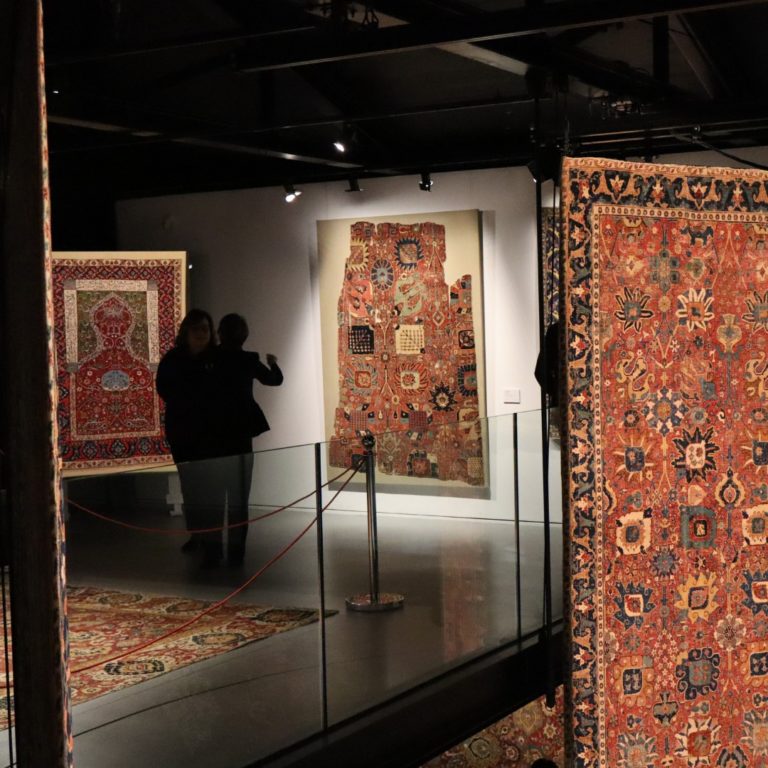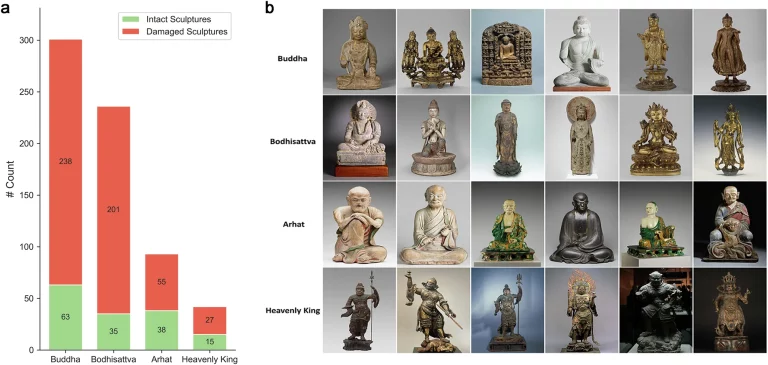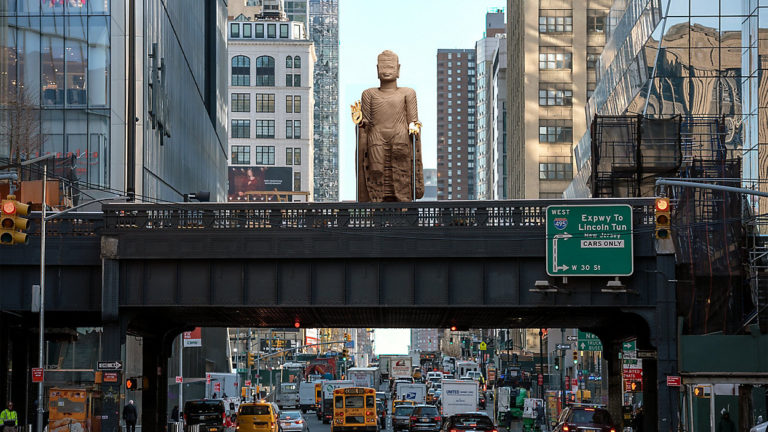New Delhi, Oct 4 (SocialNews.XYZ) In a historic decision, the Narendra Modi-led NDA government has officially recognised Pali, along with Prakrit, Bengali, Marathi and Assamese, as one of the classical languages of India.

This recognition, long awaited by scholars and cultural historians, affirms the deep and enduring significance of Pali, not only to India but also to vast regions of Asia. Known as the language of the Buddha’s teachings (Buddhavacana), Pali has had a profound impact on the religious, philosophical, and linguistic landscapes of many countries since the third century BCE. The decision underscores Pali’s historical and cultural importance, aligning it with other ancient Indian languages, including Sanskrit, Tamil, and Kannada, that have shaped civilisations.
Pali is an ancient language of India, that played a central role in preserving and disseminating the teachings of the Lord Buddha. Although the precise origins of Pali remain a subject of academic debate, it is widely accepted that Pali is closely related to the Prakrit language spoken across large parts of northern India during the time of the Buddha. Unlike Sanskrit, which was primarily used by Brahminical scholars and priests, Pali was more accessible, emerging as a popular medium to convey the ethical, philosophical, and spiritual teachings of the Buddha to the masses.
The most famous and enduring use of Pali is as the language of the Tipiṭaka, the Theravāda Buddhist canon. The Tipiṭaka (literally meaning “three baskets”) contains the Buddha’s teachings on ethics, psychology, and the nature of reality. These texts were passed down orally for centuries and later written in Pali in Sri Lanka in the first century BCE. Pali’s role as the liturgical language of Theravāda Buddhism has ensured its continued study and use in countries such as Sri Lanka, Myanmar, Thailand, Cambodia, and Laos.
Pali Impacted the languages of Asia since the third Century BCE
The influence of Pali extends far beyond the borders of ancient India. Beginning with emperor Ashoka’s promotion of Buddhism in the third century BCE, Pali became a powerful vehicle for the spread of Buddhist philosophy, ritual, and culture throughout Asia. Ashoka, a great patron of Buddhism, dispatched missionaries to various parts of the known world, including Sri Lanka and Southeast Asia, where Pali soon became the language of religious discourse.
In Sri Lanka, in the third century BCE, Ashoka’s son, Mahinda, travelled to Sri Lanka to introduce the Buddha’s teachings. Pali quickly became the liturgical language of Sri Lankan Buddhism and has remained so for over two millennia. The Tipiṭaka was committed to writing in Pali in Sri Lanka, ensuring its preservation. Even today, Buddhist monks in Sri Lanka study and chant in Pali, using it as a medium to explore and teach the spiritual path.
From Sri Lanka, Pali spread to Southeast Asia where it became the language of Theravada Buddhism. In Myanmar, Thailand, Laos, and Cambodia, Pali has played a central role in shaping religious practices and cultural traditions. Even though local languages replaced Pali as the vernacular, Pali remains the sacred language of religious ceremonies, monastic education, and meditation practices. Its texts are still studied by Buddhist scholars throughout the region.
In East Asia, although Mahayana Buddhism, which uses Sanskrit and Chinese, is more prevalent in China, Japan, and Korea, the influence of Pali has been felt there as well. Many early Mahayana Buddhist texts and ideas have their roots in Pali literature, and cross-cultural exchanges between Mahayana and Theravada traditions helped spread Buddhist philosophy more widely. In particular, concepts from Pali literature shaped foundational Buddhist ideas in both traditions, influencing interpretations of ethics, the mind, and enlightenment.
Understanding classical language
In India, a language is officially recognised as “classical” based on several key criteria set by the government. It was started in 2004. These criteria emphasise the antiquity of the language, its rich heritage, and its significant impact on culture, literature, and philosophy. To qualify as a classical language, a language must meet the criteria.
The language must have ancient origins, with a history that spans at least 1,500–2,000 years. Texts and literature in the language should date back to this period. Another is that the language must have a vast and enduring literary tradition, showcasing significant works of literature that have impacted culture and thought over centuries. The language must have influenced the culture, religion, and social structures of the regions where it was spoken. It must also be distinct from modern linguistic developments, maintaining an independent trajectory in its literature and cultural expressions.
The decision to declare Pali as a classical language honours its place as an ancient language that has met these criteria through its role in shaping not only India’s spiritual and intellectual heritage but also the culture of Asia at large.
Importance of Pali being declared a classical language
The recognition of Pali as a classical language of Bharat carries with it several important implications, both practical and symbolic. This designation is not only a mark of honour for the language itself but also a way to revitalise its study and preserve its literary treasures for future generations.
By recognising Pali as a classical language, India acknowledges its rich linguistic and cultural history. Pali has been integral to the development of Buddhism, which is one of India’s greatest spiritual contributions to the world. This recognition is a source of pride for Buddhists in India and around the world, strengthening India’s role as the birthplace of a major world religion.
Also, the classical language status encourages the preservation and study of the language. The government, academic institutions, and cultural organisations are likely to invest more in Pali studies, providing resources for scholars to explore its texts, translations, and interpretations. This includes the potential establishment of dedicated research centres, grants for the translation and digital preservation of Pali manuscripts, and the promotion of Pali as a subject in educational institutions.
Pali’s influence extends far beyond India’s borders, connecting India with the cultural and religious heritage of many Asian countries. As a classical language, Pali will attract global interest, particularly from scholars in countries like Sri Lanka, Myanmar, Thailand, and Cambodia, where Pali continues to be an important part of Buddhist practice. This can strengthen cultural ties between India and these countries, fostering greater collaboration in the study of Buddhism and ancient literature.
The declaration of Pali as a classical language of Bharat is a momentous occasion that honours one of the most significant languages in India’s spiritual and cultural history. As the language of the Buddha’s teachings, Pali has had a lasting impact not only in India but across much of Asia, shaping the philosophical, religious, and linguistic development of entire civilisations.
By recognising Pali’s classical status, the Government of India is ensuring that this ancient language receives the recognition, resources, and reverence it deserves.
(The author is an Assistant Professor at University of Delhi.)




